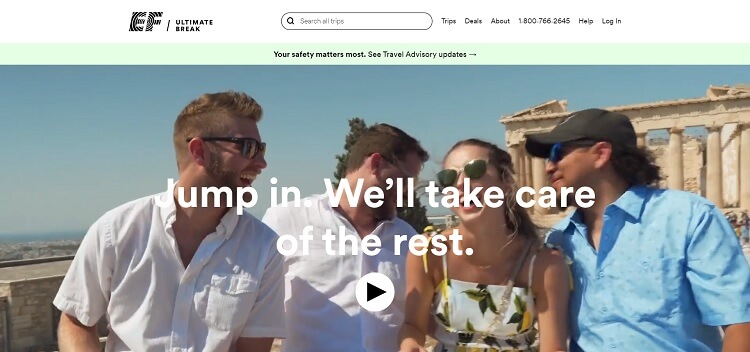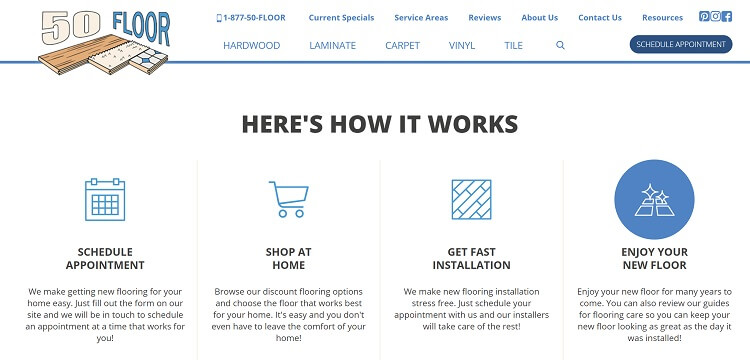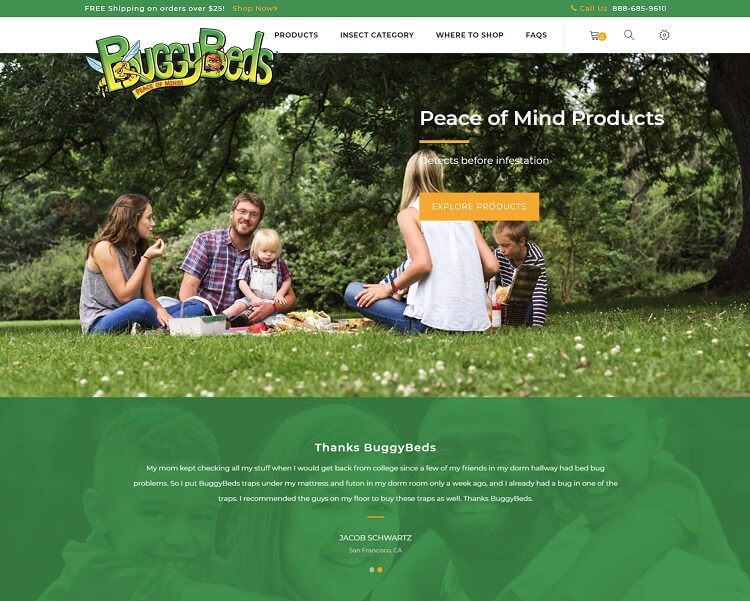Helping Your Customers Through the Sales Funnel: What You Need to Know
From the moment a visitor lands on your page, they start a journey through your sales funnel. There are distinct phases no matter what type of product or service you sell. If you don’t have a clear focus and move your customers from Point A to Point B, they might get lost, wander around and then go home without converting into a lead.
Adobe conducted a survey of 13,000 industry professionals for their 2019 Digital Trends Report. About 33% listed customer journey management as their top priority for the year. Approximately 28% of respondents said they worry about personalizing the customer experience while not violating privacy laws. Although there were other areas of concern, the number one issue fell to the buyer journey over and over.
Take your customers by the hand and lead them through the sales funnel. Here are six ways to show them the way to travel on their journey.
1. Write a Relevant Headline
Your goal with your landing page is to draw in people who are interested in what you have to offer. Nail your headline, and you attract your target audience and grab their interest. Start with keyword research. What types of questions would your buyers have? How can you answer that question in your headline? The best way to learn to write headlines is to look at other ones done well.

EF Ultimate Break taps into people’s desire to have an adventure. Their headline reads, “Jump in. We’ll take care of the rest.” The entire focus is on memorable vacations without any stress. Their target audience is young college students, so their headlines are fun and youthful. Words such as “jump” and “epic” easily grab attention.
2. Understand the Stages of the Funnel
There are four basic layers to the sales funnel. Understanding each phase allows you to better meet consumer needs:
• Awareness: This is the consumer’s first interaction with your brand.
• Interest: You’ve grabbed their attention, and they’re willing to read more information or ask for details.
• Decision: The customer decides that this product is right for them, and they want to try it.
• Action: The person makes a purchase.
Marketing to someone in the first stage of the funnel looks different than marketing to someone who’s already ready to make a purchase.
3. Give Them a Map
Users at the beginning of the buyer’s journey may wonder how many steps they have to take to get to the final goal. You can lay out for them what they’ll need to do along the way with a sort of roadmap. Try to keep the number of steps low. You don’t want to overwhelm your potential customers.

50 Floor states upfront what the process is like when it comes to getting new flooring from them. They share a “How It Works” section where they list out the four steps. The user knows the stages of getting a new floor and can choose to take a couple of different paths along the way. Each stage of the funnel is clear.
4. Utilize Videos
Videos are an effective way to educate the public about your business. Wyzol reported in their State of Video Marketing 2019 Report that 87% of marketing professionals use video as one of their main campaign tools. Video allows you to get a lot of information across in a few short minutes. This means busy people don’t have to wade through pages of content to figure out your product. Instead, they can view a quick video and get the gist of your offer.
5. Increase Trust
People have no reason to trust you. You have to prove to them that you’re trustworthy. You can do this through social proof, adding testimonials on your site and sharing badges and banners from professional organizations such as the BBB and industry-specific groups.
For social media, set up an official page and use your logo. Turn on reviews to show that others trust you. For your website, add the testimonials and badges along with any awards you’ve won.

Buggy Beds offers a testimonial on their home page. Seeing how the product has worked for someone else helps customers feel more confident in placing their own orders. Other elements on the page that instill trust are indications that the item is USA-made, social media links and easy-to-find contact information.
6. Create a Strong CTA
Once the person moves from awareness to interest, it’s time to help them make a decision and take action. Your calls to action (CTAs) help throughout all the stages of the funnel. You can use a CTA to drive them to gather more information or to get them to take a decisive next step. Your CTA should be personalized according to your target audience and use first-person or second-person language.
Using a first- or second-person CTA to move the buyer through the sales funnel can be highly effective. Assume the buyer is past the awareness stage and then invite them to schedule a consultation or share their information with you.
Look for Stumbling Blocks
Go through your site or social media page as though you are a member of your target audience. Look for things that might be confusing or cause the buyer to hesitate. If you aren’t sure, then have others look for you, too. Fix any issues along the way.
You should also study internal data and pay attention to where people tend to abandon your website. Such details show you any areas where you might want to tweak, test and revamp for better conversion rates.
 Lexie is a web designer and UX strategist. She loves taking her goldendoodle on long runs and checking out local flea markets. Visit her blog, Design Roast, and follow her on Twitter @lexieludesigner.
Lexie is a web designer and UX strategist. She loves taking her goldendoodle on long runs and checking out local flea markets. Visit her blog, Design Roast, and follow her on Twitter @lexieludesigner.



